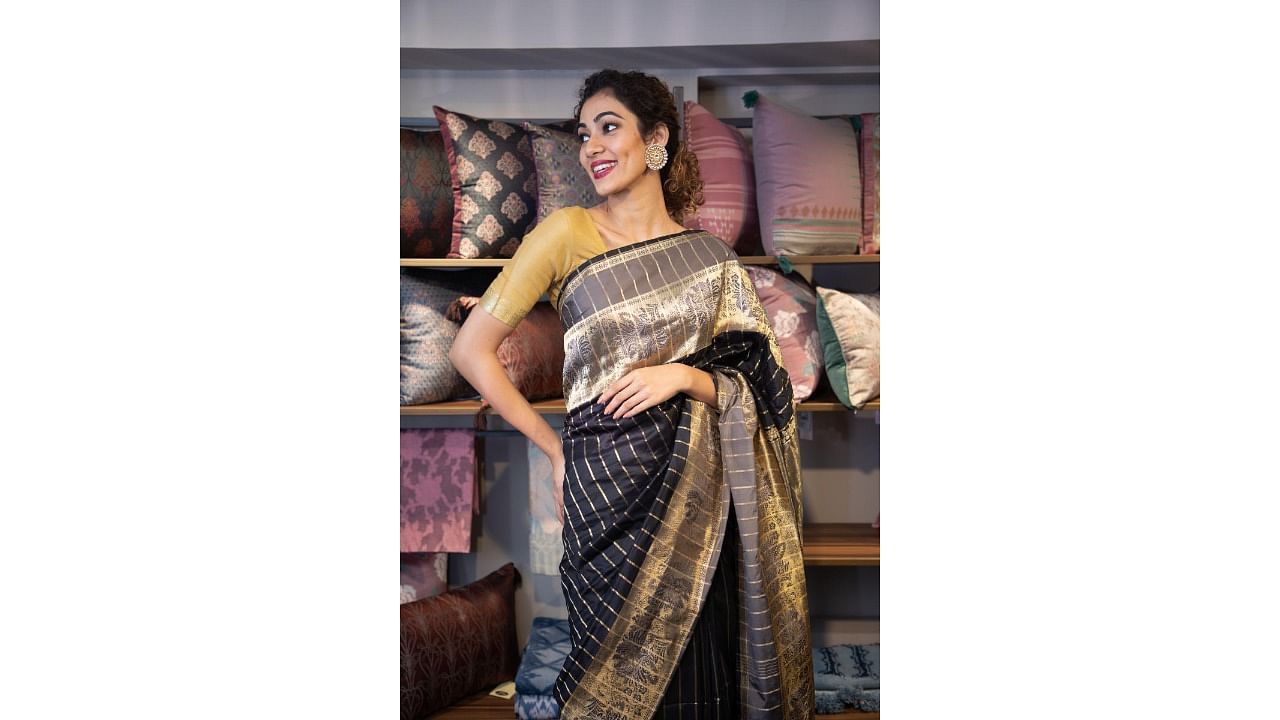
Khadi was called the 'Fabric of Freedom', for every patriotic Indian wore it as a symbol of the struggle for independence from Britain. Mahatma Gandhi exhorted every single Indian to sport this delightful handspun and handwoven fabric and the charkha became the instantly recognisable logo of dissent!
Now, 75 years down the line, khadi is yet to claim its space in the lexicon of fashion, and it struggles to find a place amidst the cheap powerloom fabrics so beloved of international labels that flock to India with their glamorous high street labels.
Why then is the khadi and handloom industry perpetually in the doldrums? Why is it always such an effort to promote this beautiful and unique fabric that is so intrinsic to the spirituality of India and to its very ethos? It is only but recently that woke Indian designers started using handloom to create their ready-to-wear collections and their bridal ensembles, slowly making an impact with their sophisticated and significant use of these myriad textiles from all over India. Designers like Issey Miyake worked with textile specialists like Asha Sarabhai to create stunning ensembles for his label Haath, which sold very well in Japan to a very discerning audience.
Meanwhile, in India, value brands and some designers started to digitally reproduce these wonderful Indian textile techniques like Bandhini, Leheriya, block printing and kalamkari, subjecting the artisan to even more hardship by ripping off their designs and fooling the public at the same time.
Today the Chinese powerloom industry can replicate a Banarasi or Kanjeevaram saree using polyester and sell these travesties at the cheapest of prices. A case in point is the ridiculous decision to make the national flag now available in every form of synthetic fabric when previously only khadi could be made into our tricolour jhanda!
But through all this, the heritage textile weavers and artisans of India have somehow managed to survive these onslaughts. There is still a customer out there who demands the best and the most authentic khadi fabrics or the exquisite handlooms of India.
I appeal to you to be that customer. To be that aware and conscious buyer with a conscience who frequents the wonderful exhibitions brought to you by Dastakar, or A Hundred Hands or by the Craft Council of India. To buy without bargaining and to wear it with pride that transmits itself to the next generation, to ensure that the craft not just survives, but thrives. Let’s be proud of the infinite variety of handmade fabrics and techniques that exist only in our great country! Let’s make khadi great again!